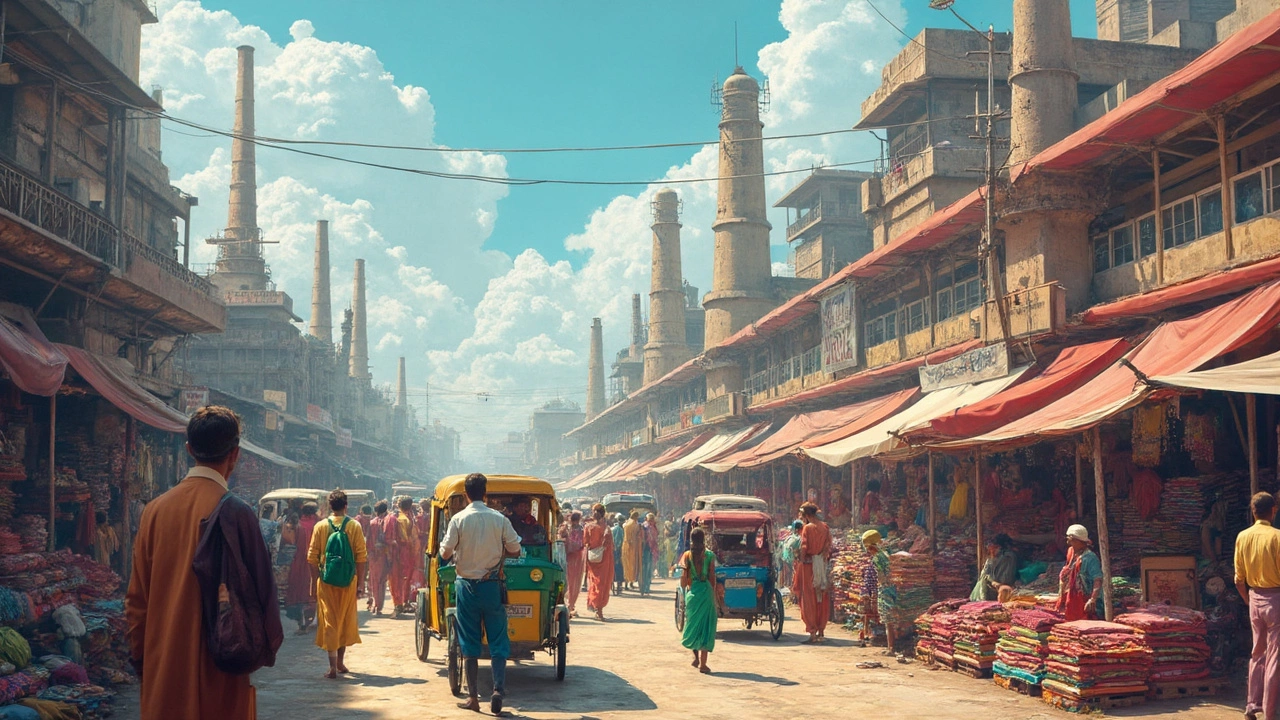Textile Business Insights: What’s Driving Growth in India?
If you’re eyeing the textile sector, you’ve come to the right spot. India’s textile business is humming with activity – from handloom villages to high‑tech mills. But what makes it tick? Let’s break down the key factors shaping the industry today and give you practical steps to ride the wave.
Key Trends Shaping the Indian Textile Market
First, demand is soaring. With a growing middle class and rising disposable income, more people are buying premium fabrics, functional wear and sustainable options. Second, technology is cutting costs. Automation, digital printing and AI‑driven design tools are enabling smaller players to compete with big manufacturers.
Third, sustainability is no longer a buzzword. Buyers are asking for organic cotton, recycled polyester and transparent supply chains. Companies that can prove eco‑friendliness are seeing higher margins and better brand loyalty.
Practical Tips for Anyone Entering the Textile Business
1. Choose the right niche. Don’t try to do everything. Focus on a segment – say, eco‑friendly home textiles or performance sports fabrics – and become the go‑to supplier for that niche.
2. Partner with local manufacturers. India’s textile hubs like Surat, Bhiwandi and Tirupur have established supplier networks. Visiting factories, checking quality labs and negotiating clear payment terms can save you headaches later.
3. Leverage government schemes. Programs such as the Production Linked Incentive (PLI) for textiles and the Technology Upgradation Fund (TUFS) provide grants and tax benefits. Tap into these to fund new machines or training.
4. Invest in digital tools. Use simple ERP software to track inventory and orders. A basic e‑commerce platform can open up direct sales to retailers and consumers, cutting out middlemen.
5. Build a brand story. Modern shoppers love a story – whether it’s about supporting rural artisans or reducing plastic waste. Highlighting this in your marketing can command higher prices.
Finally, keep an eye on export opportunities. Countries like the US, EU and Japan are increasing their import of Indian textiles, especially technical fabrics. Understanding the certification requirements (like Oeko‑Tex or GOTS) can give you a competitive edge.In short, the textile business in India offers solid growth potential if you focus on a clear niche, use technology wisely, and align with sustainable practices. Start small, test the market, and scale up with the right partners – the fabric of success is within reach.

Fabric Capital of India: Where the Thread Leads the Way
Wondering which city wears the crown as India's fabric capital? This article cuts straight to the chase and unpacks why Surat stands tall in the world of textiles. You'll discover its massive influence on India's fabric production, what makes it the go-to spot for manufacturers, and how it keeps evolving with the times. Dive in for facts, quick tips, and the kind of info that'll come in handy if you're eyeing this buzzing textile hub. Plain talk, no fluff.
Read More